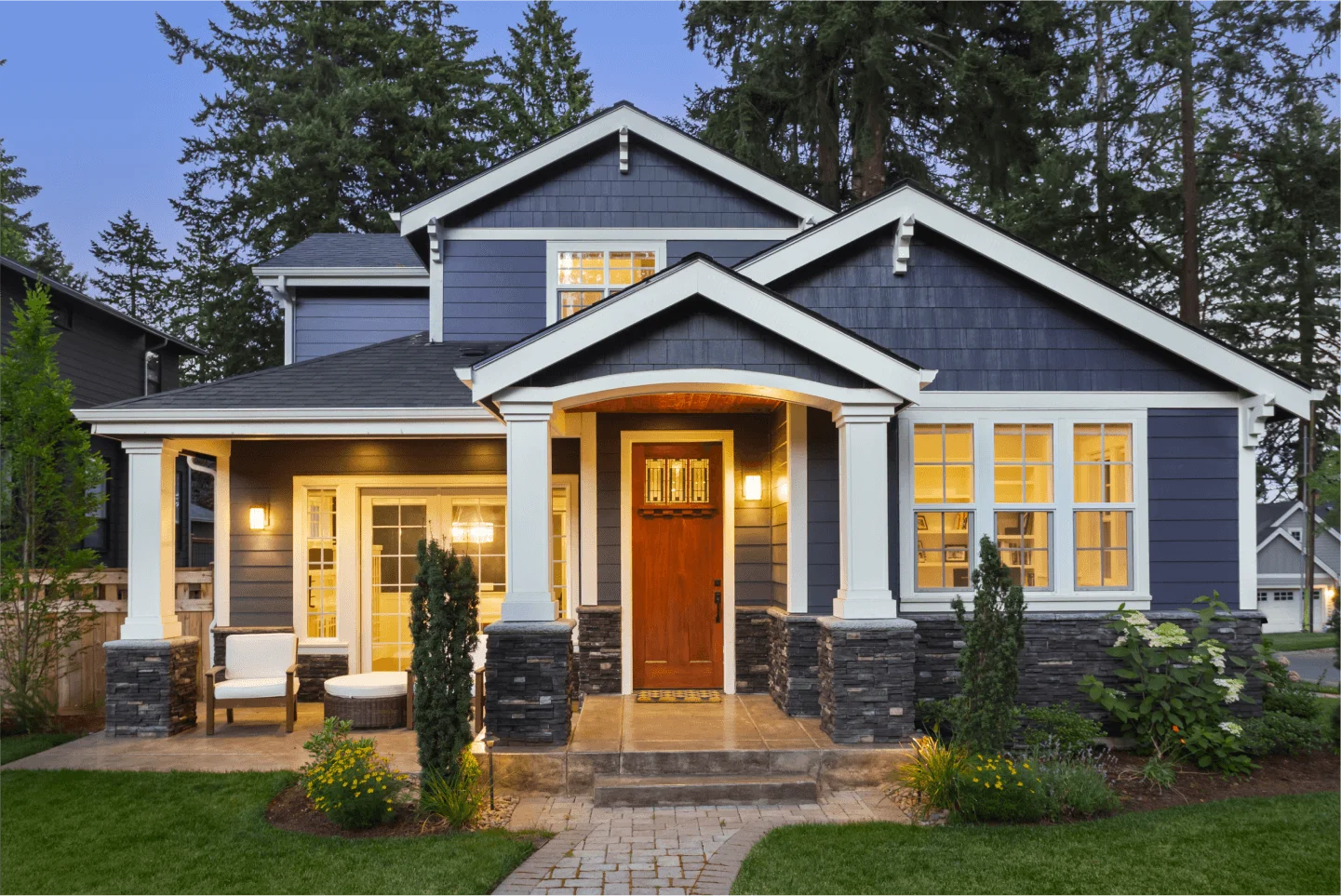
When considering a mortgage, many homebuyers look for ways to make their payments more manageable, especially in the early years when finances can feel particularly tight. A strategic approach to this challenge is the 2-1 buy down, a tool designed to ease the strain of mortgage payments. Understanding how it works and the benefits it offers can empower you to make informed decisions that align with your financial goals.
At its core, a 2-1 buy down reduces the interest rate on a mortgage for the first two years of the loan. This means that during the initial period, your monthly mortgage payments will be lower than they would be under a standard fixed-rate mortgage. After the first two years, the interest rate returns to the original agreed-upon rate for the remainder of the loan term.
Let’s break this down further. In the first year, the interest rate is reduced by 2 percentage points. For example, if your mortgage rate is 4%, you would pay 2% in the first year. In the second year, the interest rate increases to 1 percentage point lower than the original. So, in our example, you would pay 3% in the second year. After these two years, you would return to the full mortgage rate of 4% for the remaining duration of your loan.
Why is this beneficial? The primary advantage of a 2-1 buy down is the immediate relief it provides in the form of lower monthly payments. For many homebuyers, the first few years of homeownership can be daunting. There are often unexpected costs associated with maintaining a new home, moving expenses, and potentially higher utility bills. Lower mortgage payments during the first two years can help ease this financial burden, allowing you to allocate funds toward other essential expenses or savings.
Another benefit is that the reduced payments may make it easier for buyers to qualify for a loan. Lenders assess your ability to repay the loan based on your financial situation. A lower monthly payment during the initial years can enhance your debt-to-income ratio, making you a more attractive borrower to lenders. This flexibility can be particularly advantageous for first-time homebuyers who may not have substantial savings or for those looking to purchase a larger home than they could otherwise afford.
It’s essential to understand how a 2-1 buy down is funded. Typically, the seller or the builder contributes the funds needed for the buy down as a concession. This means that while you enjoy lower payments, the seller may be covering the cost as part of the overall deal. It’s crucial to discuss this aspect with your mortgage loan officer to ensure that the buy down is factored into the purchase agreement and that you fully understand how it impacts your overall financing.
While a 2-1 buy down can bring immediate financial relief, it’s important to consider your long-term plans. If you anticipate staying in your home for a shorter period, this buy down can be especially beneficial. It allows you to enjoy lower payments during your early years of homeownership without committing to a long-term financial strategy that might not align with your future plans. However, if you plan to stay in your home for a long time, you should ensure that the benefits of lower initial payments outweigh the potential increase in payments later on.
Another nuance to bear in mind is that while a 2-1 buy down can be a great option, it’s not necessarily the best fit for everyone. If you have a stable income and can comfortably afford your monthly mortgage payments from the start, you may choose to opt for a traditional fixed-rate mortgage without the buy down. However, if your financial situation is more variable, the 2-1 buy down can offer the flexibility you need.
It’s also worth noting that while a 2-1 buy down can ease your mortgage payments, it does not alter the total amount you will pay over the life of the loan. Ultimately, you will still be responsible for the same principal and interest, but the buy down simply shifts how that cost is distributed over time.
To maximize the benefits of a 2-1 buy down, communicate your specific needs and financial goals with your mortgage loan officer. They can provide insights tailored to your individual circumstances, helping you determine if a 2-1 buy down aligns with your financial aspirations. They can also assist you in navigating the complexities of the mortgage process, ensuring you understand all terms and conditions.
As you explore your options, consider how the 2-1 buy down fits into your overall financial picture. Are there other expenses you anticipate in the early years of homeownership? How might lower payments enable you to allocate funds to these expenses? Engaging with a knowledgeable mortgage loan officer can help clarify these points, offering you a clearer path forward.
In summary, the 2-1 buy down is a valuable tool that can ease your mortgage payments during those crucial early years of homeownership. With its structure, you can enjoy lower payments, potentially allowing for greater financial flexibility. As you navigate this process, reach out to discuss your specific needs and how a 2-1 buy down could work for you. It’s your journey to homeownership, and having the right information and support can make all the difference.